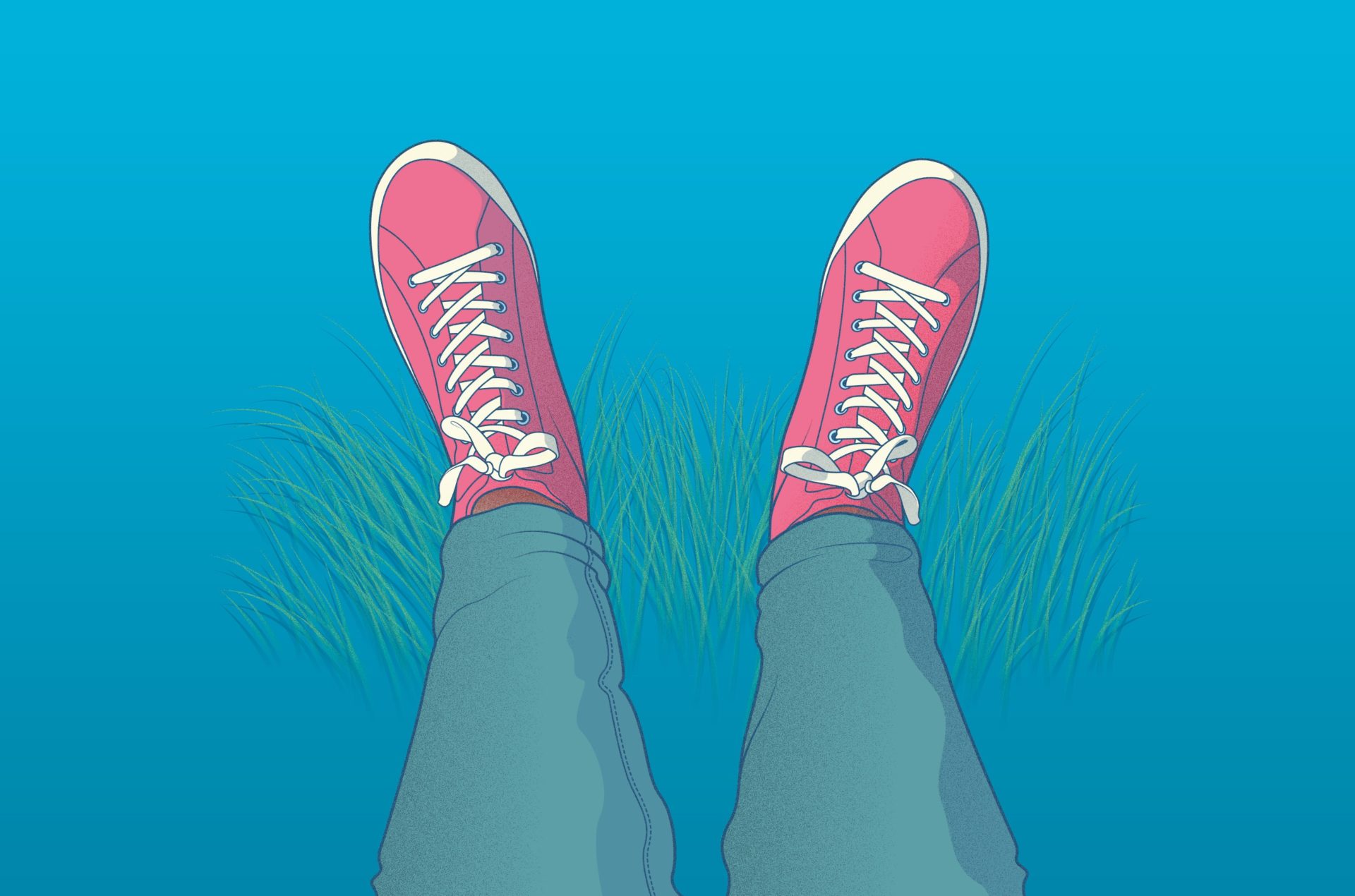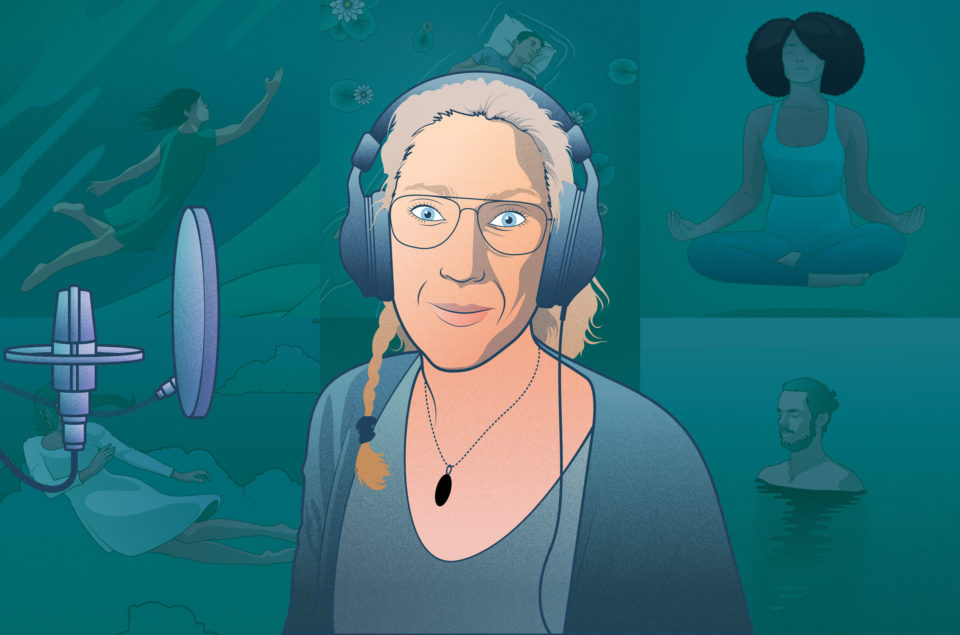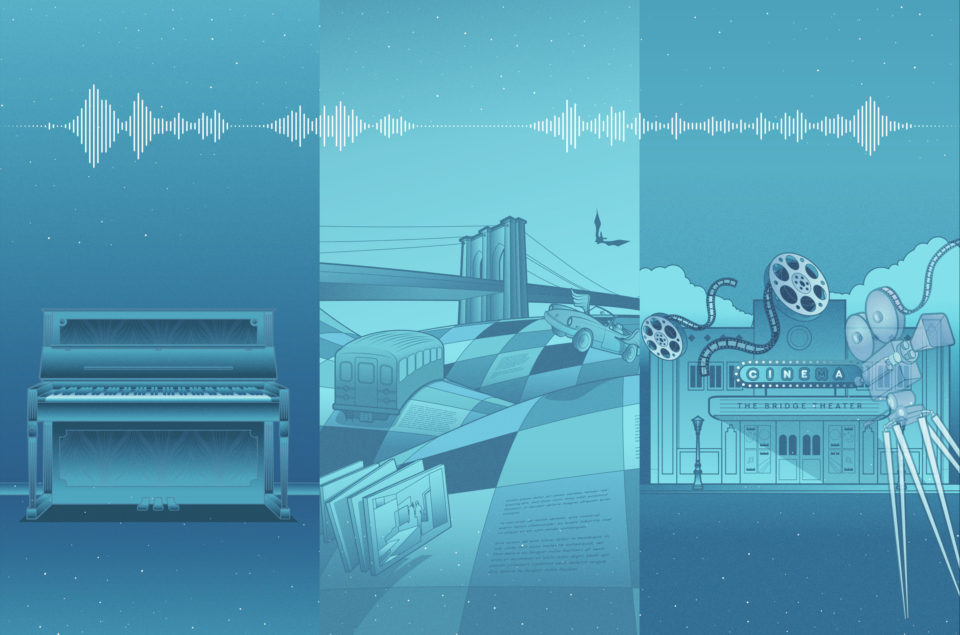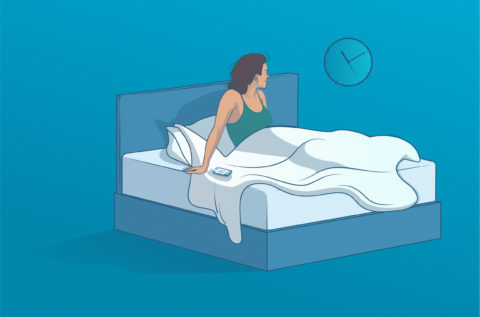Whether we like it or not, we are all victims of social and cultural conditioning – and how we consider sleep is no exception. In some cultures, sleeping during the day is considered a sign of laziness, whereas in others, it’s perfectly acceptable. We took a closer look at two daytime sleeping examples where shutting your eyes and kicking back at unconventional times won’t incur the wrath of your colleagues, classmates, or fellow citizens.
Siesta – Spain’s gift to the world
Some daytime sleeping patterns have become almost legendary – yes, I’m talking about you, siesta! This early to mid-afternoon snooze is believed to have developed in Spain to allow medieval farmers and other agricultural workers a chance to rest and get out of the hot sun when temperatures were at their highest. From there, the habit spread across the Mediterranean to Italy, where it’s known as ‘riposo’ in the north and ‘pennichella’ or ’pisolino’ in the south. During the era of Spanish colonisation, siesta was introduced to countries such as the Philippines and parts of South America where locals took to the practice with understandable enthusiasm. These days, the idea of a short, post-lunch snooze is embraced in countries as diverse as China and Croatia. It’s also reached some unexpectedly chilly regions such as Patagonia and even Norway, where dairy farmers who rise early enjoy a short afternoon nap to compensate.
Are we living in the last days of the siesta?
But is siesta good for you? Physiologically, it makes sense as it’s just after lunch that we naturally become tired. However, a healthy debate rages about the general pros and cons. In Greece, where the practice is common, long life and relatively low levels of heart disease have been attributed to siesta as well as the fabled Mediterranean diet – we’ll leave you to make up your own mind on this one, although as mentioned above, cultural conditioning might already have done this for you.
So, is the future of the siesta assured? Apparently not. Despite the potential health benefits, recent research in Spain show that modern generations are abandoning the practice with a study indicating that 56% ‘never’ take a siesta and of the 22% that did siesta ‘occasionally’, they only did so in the hottest weeks of summer.
Inemuri – ‘sleeping while present’
Thousands of miles from Spain, taking a nap at work is not considered a sign of laziness – quite the opposite in fact. Japan’s hectic, demanding workplaces encourage the concept of something called ‘Inemuri’ – literally translated as ‘sleeping while present’.
This rather agreeable cultural idiosyncrasy developed during Japan’s post WW2 economic boom. During this period, Japan experienced an unprecedented period of economic growth, prosperity and wealth – the flipside being the development of a ‘work, work, work’ culture. Something had to give – and Inemuri was the answer.
Impress your boss, Japanese style – sleep during a meeting
Inemuri allows Japanese workers to snooze on public transport without drawing concerned or disapproving looks from other travelers – or the attention of law enforcement officers. It explains the slumped commuter on the bullet train. It excuses the executive snoring at his desk or falling asleep during a meeting. It’s even tolerated in schools where it’s interpreted as a sign that the snoozing pupil was up late the night before, head buried diligently in a textbook. The general attitude towards the concept of daytime sleeping seems to be one of benevolent acceptance – if you’re not causing a nuisance or disturbance, the Inemuri practitioner is seen as an honest, hard-working person simply trying to make his way in life the best they can.









